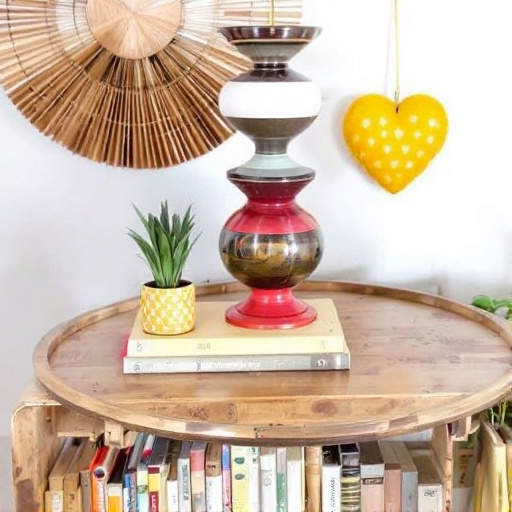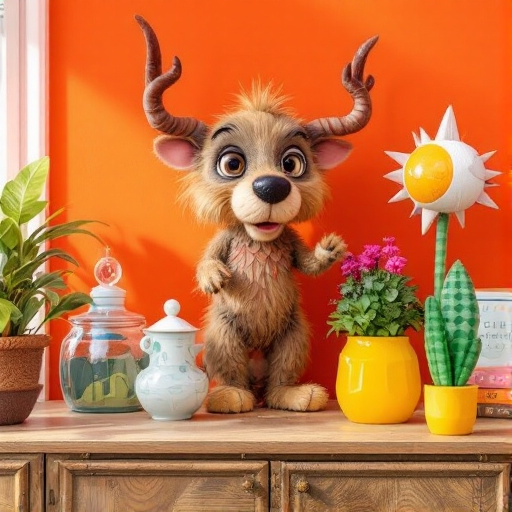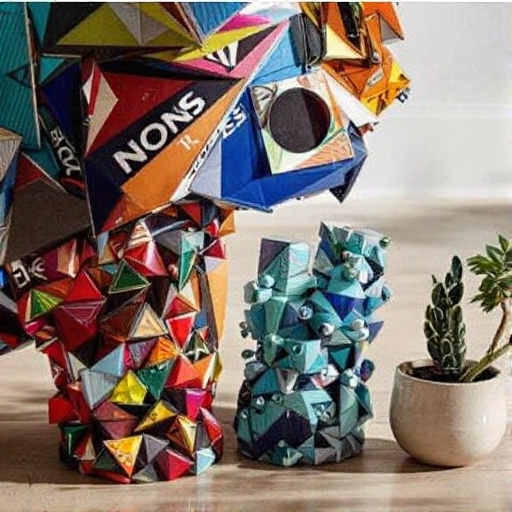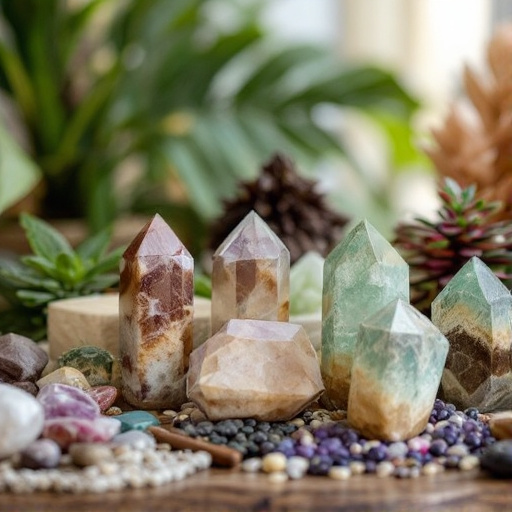Featured Articles
- Quirky Home Accessories: Unpacking the Rise of Functionally Strange Design Trends in 2023
- "Quirky Upcycling: Transforming Vintage Finds into Must-Have Home Accessories"
- The Rise of Sustainable Home Accessories: Transforming Waste into Chic Décor
- The Rise of Upcycled Home Accessories: Turning Trash into Treasure for Eco-Conscious Living
- The Surprising Rise of Eco-Friendly Funeral Home Accessories: A Sustainable Send-Off for Modern Living
The Rise of Sustainable Home Accessories: Transforming Waste into Chic Décor
The Rise of Sustainable Home Accessories: Transforming Waste into Chic Décor
The surge of sustainable home accessories is not just a trend; it’s a transformative movement that turns waste into aesthetically pleasing décor. With increasing environmental awareness, consumers are opting for chic items that reflect their values without sacrificing style.
Understanding the Sustainable Boom
In 2021, the sustainable home décor market was valued at approximately $159.22 billion, and it is projected to reach $225.16 billion by 2026, growing at a CAGR of 7.1% (MarketResearch.com). This statistic highlights the burgeoning demand for eco-friendly options in the home accessories space. But what’s driving this rise?
Changing Mindsets
Once upon a time, sustainable living was synonymous with compromise—think rough textures, drab colors, and lackluster designs. But today’s consumers, particularly Gen Z and millennials, demand both aesthetics and ethics. They want home accessories that not only beautify their spaces but also tell a story of conscious consumption.
The Story of Upcycling: Turning Trash into Treasure
Take the case of artists like David O'Brien, who uses discarded pallets to craft stunning coffee tables. His work goes beyond mere function; it serves as a statement that waste can be reincarnated into something beautiful. His pieces have gained considerable attention in eco-conscious communities, solidifying the idea that upcycled accessories can dazzle rather than disappoint.
Eco-Friendly Materials: A Palette of Possibilities
Many sustainable home accessories are made from innovative materials that reduce environmental impact. Recycled plastic, reclaimed wood, and even repurposed fabric are becoming staples in the production of chic décor. For instance, furniture companies are now sourcing wood from derelict buildings or logging waste, giving old materials a second (or third) chance at life.
A Casual Chat about Sustainable Design
So why should you care about sustainable home accessories, right? Well, imagine this: you stumble upon a gorgeous lamp made from recycled glass. Not only does it light up your room, but it also sparks a conversation about sustainability at your next dinner party. Plus, wouldn't you feel all warm and fuzzy inside knowing that your lamp helped reduce landfill waste? That’s the beauty of sustainable décor—it’s not just about aesthetics, it’s about making a difference, one chic piece at a time.
Statistics: The Power of Consumer Choice
Every year, Americans throw away approximately 292.4 million tons of trash (EPA). Yet studies have shown that 66% of consumers are willing to pay more for sustainable brands. This implies a significant shift in consumer preferences, urging companies to rethink their production methods and material usage.
Case Study: The Chic Green Movement
Let’s take a look at a brand like West Elm, which has successfully integrated sustainability into its overall ethos. They partnered with local artisans to create home accessories that are both trendy and eco-friendly. Their collections often feature items made from reclaimed materials, minimizing environmental impact while catering to the design-savvy shopper.
What’s even cooler? West Elm reported that the sales of their sustainable products have soared, demonstrating that consumers actively seek out brands that align with their values. The result is a cycle of positive environmental impact and enhanced brand loyalty.
From Landfills to Living Rooms: Inspiring Transformations
Consider the growing trend of handmade bamboo products. Made from a plant that grows rapidly and requires little water, bamboo has emerged as a sustainable darling in home accessories. From kitchen utensils to chic furniture, the versatility and aesthetic appeal of bamboo are turning heads in eco-conscious households.
How to Integrate Sustainable Accessories into Your Home
Ready to make your home a green oasis? Start small. Opt for a biodegradable planters over plastic ones or choose organic cotton cushions instead of synthetic fabrics. You can even DIY your décor by upcycling things you’d otherwise toss out, like old glass jars turned into candle holders. This not only saves money but also allows you to personalize your space with unique items that reflect your journey toward sustainability.
Bridging Tradition and Modernity
The rise of sustainable home accessories also embraces traditional craftsmanship. In many cultures, artisans have practiced sustainable methods for generations—think handwoven rugs or ceramics made from local clay. By reintroducing these time-honored techniques, modern consumers can enjoy the beauty of tradition while promoting sustainability.
A Little Humor on Sustainable Living
Imagine your fit, young neighbor who posts about their super sustainable lifestyle—their compost pile looks better than your backyard. They’ll have you convinced that even your unmade bed could become a green project! It’s easy to fall into the trap of feeling overwhelmed by sustainability, but remember, every small step counts. Putting a recycling bin by your front door is a great start.
Shifting Focus: The Role of Technology
Technology is paving new roads in the realm of sustainable home accessories. Online marketplaces now connect consumers directly with artisans who create eco-friendly products, streamlining the buying process and ensuring that more sustainable choices are readily available. For instance, companies like Etsy have championed this movement, making it easier than ever to support local craftsmanship while opting for sustainable goods.
Consumer Responsibility and Brand Impact
At the end of the day, the power lies in consumer choice. By opting for sustainable home accessories, you make a statement. You're saying "yes" to a future that values eco-friendliness. Remember, the choices we make today—whether it’s a cork vase or a recycled metal sculpture—help shape the market and influence how brands operate.
Conclusion: The Future is Bright—And Green
The rise of sustainable home accessories represents a significant shift in both consumer behavior and product design. As we face escalating climate challenges, the demand for eco-friendly décor will only increase. By choosing to embrace these products, we not only transform our living spaces but also contribute to a healthier planet for future generations.
So, the next time you’re decorating your space, think twice about what you choose. Could that beautiful piece of décor be saving the planet, even if just a little? Yes, it can—and your home can be both chic and sustainable.




